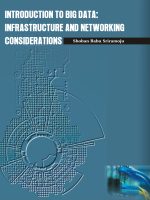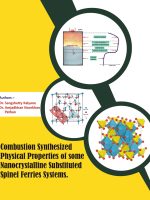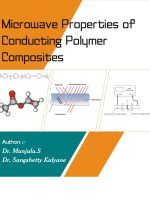According to the definition of dense regular connective tissue proper, both dense and loose connective tissues are included in this category. The presence of a large amount of ground material in comparison to the fibres is the key characteristic that differentiates dense connective tissue from loose connective tissue. Other cells are sparse and thin in dense connective tissue. Collagen fibres are produced by fibroblast cells, which are responsible for the connective tissue. The thick connective tissues not only serve the purpose of holding the organs together, but they also play a role in the transmission of forces across a considerable distance. It is essential to have a solid understanding of the fact that the organisation of the fibres inside the dense connective tissue constitutes the determining factor in the ability of the tissue to withstand the mechanical strain. The fibres that make up dense connective tissue are either organised in a parallel way (which is referred to as dense regular connective tissue) or the fibres are put in an uneven manner (which is referred to as dense irregular connective tissue).
save
₹ 20.00Management and Principle for Treatment of Musculoskeletal Disorders
₹ 800.00₹ 820.00
| Author Name | Mr. Ayidh Nasser Alharbi, Mr. Fawaz Albati, Mr. Nader Mohammed Alotaibi, Mr. Yousef Musallam Almutairi |
|---|---|
| Book Format | e-Book |
| Categories | Medicine & Science |
| ISBN | 978-81-967695-8-1 |
| Language | English |
| Pages | 430 |
| Published Date | 05 March 2024 |
| Publisher | Horizon Books |
| Size | B5 |
Indian rupee (₹) - INR
| Author Name | Mr. Ayidh Nasser Alharbi, Mr. Fawaz Albati, Mr. Nader Mohammed Alotaibi, Mr. Yousef Musallam Almutairi |
|---|---|
| Book Format | e-Book |
| Categories | Medicine & Science |
| ISBN | |
| Language | English |
| Pages | 430 |
| Published Date | 05 March 2024 |
| Publisher | |
| Size | B5 |
Customer Reviews
There are no reviews yet.
No more offers for this product!
General Inquiries
There are no inquiries yet.










Be the first to review “Management and Principle for Treatment of Musculoskeletal Disorders”
You must be logged in to post a review.